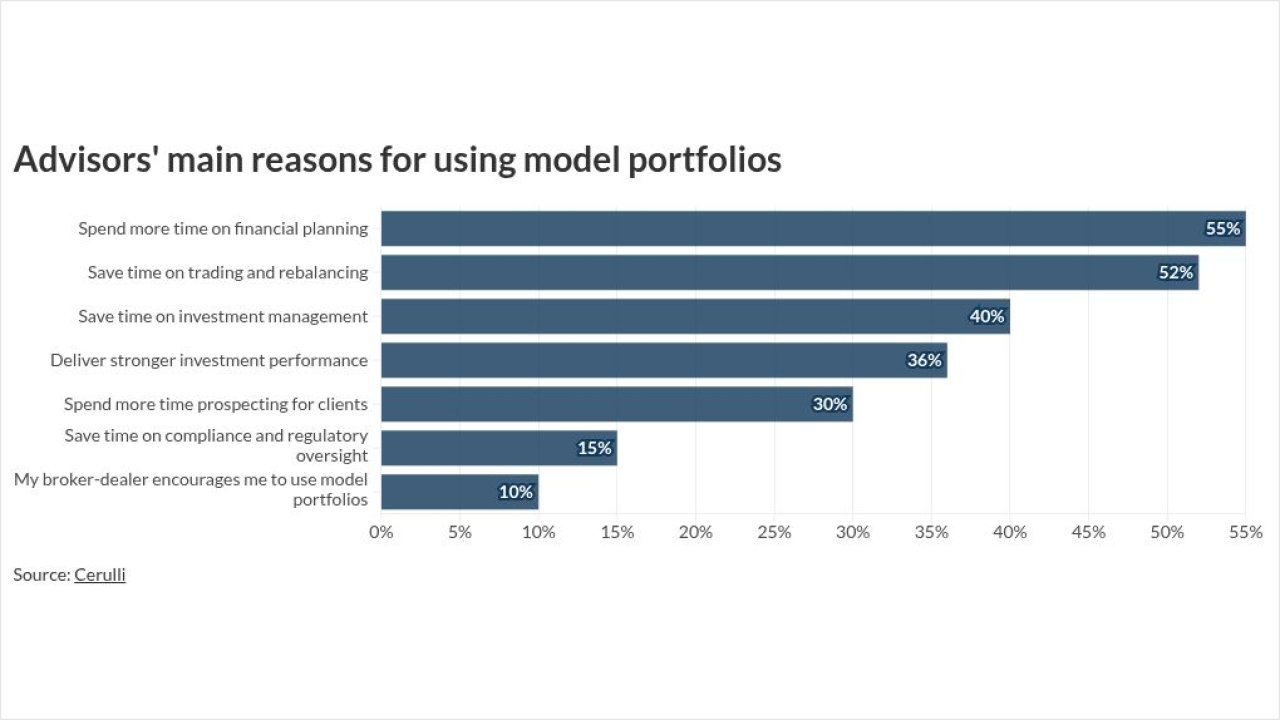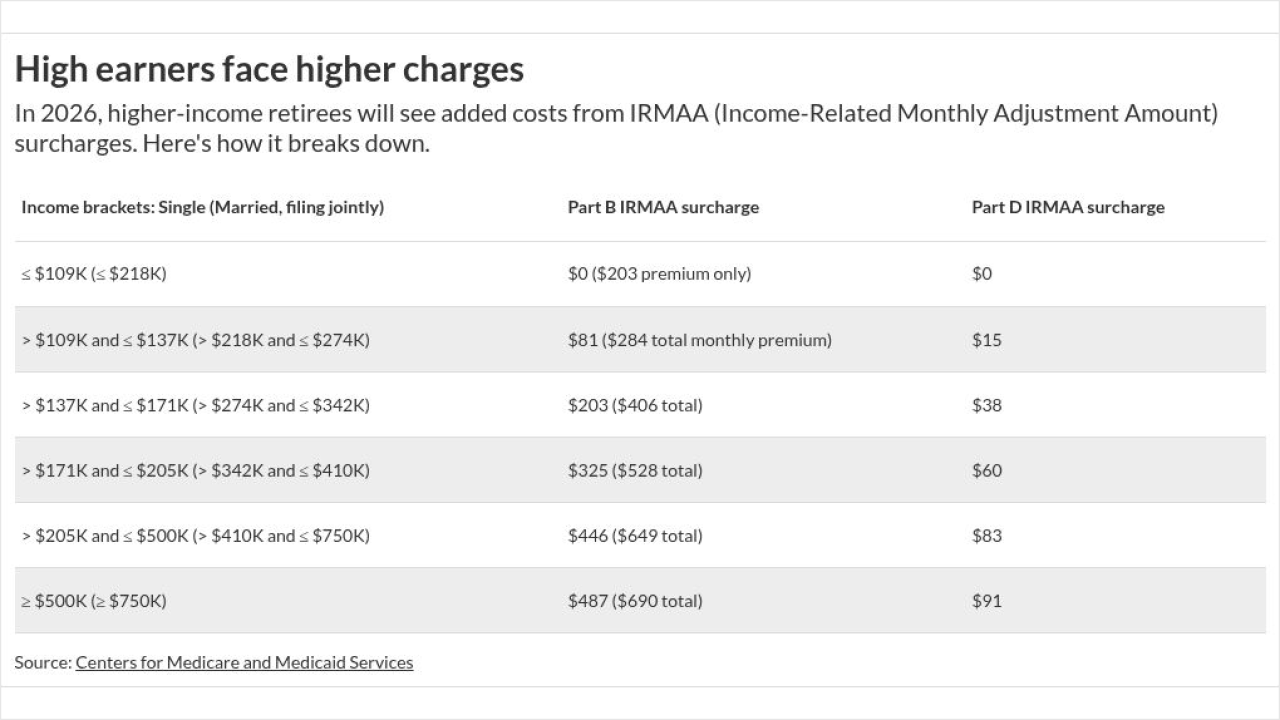Will this be the year of the bionic investor?

Managing wealth today is increasingly about getting the best from human interactions and technology — and getting this mix right is both the challenge and opportunity that the industry faces next year.
An important starting point is to understand the new digital environment that advisers and clients live in. Today,
Automated investing platforms are making it tougher to charge for some financial advice, says Tiburon Strategic Advisors.
Advisers can learn a lot from Amazon, which leverages data and customer behavior to figure out what you might want to buy before you even click the purchase button. Similarly, wealth managers can aggregate their own client data with an incredible amount of detailed information available about clients and their past behavior. Bringing the best of trusted marketing techniques and analytics together allows financial advisers to offer clients more personalized advice by classifying accounts into categories based on how much potential they have to grow assets under management.
For instance, clients can be placed into four categories — protect, develop, maintain or monitor. A protect account should be closely serviced but is already well developed, a develop account should be aggressively pursued because it has more potential assets, and an account unlikely to grow in size is classified as maintain. Finally, a monitor account is managed to reduce costs.
This approach is already being used by some advisers. For example, one case study has customers with an average account size of $1.8 million in assets tested this approach by separating 250 accounts into two segments — half used old-fashioned methods while the rest had data that separated clients into categories (protect, develop, maintain and monitor categories.) The adviser working with the help of data was able to focus intensely on “develop” accounts and, as a result, grew assets under management 10-times more over a six-month period than the adviser using traditional methods.
A recent report from
- Customized investment solutions are important to 72% of those surveyed. Advisers today can use data and analytics to anticipate clients’ needs, such as offering mortgage advice to newly-weds or information about college savings plans for new parents.
- Having access to wider investment options is important to 64% of clients, so, successful advisers will offer a variety of the industry’s best investment choices.
- Clients also want greater cybersecurity (63%) and to be able to use the latest technology (62%).
- Clients expect more from advisers—51% want responsive round-the-clock service. Technology can help. For example, by flagging clients based on previous responses to such things as a 2% one-day drop in the S&P 500, advisers can know who needs urgent personal attention at any given time.
- Some 40% of clients want advice that delivers high returns. While advisers cannot control returns, they can use analytics to show clients how they perform against peers and what alternative strategies produced superior returns. That can lead to a discussion about changes to portfolio allocations and adding other products.
Although the report suggests that the largest financial institutions, with the most resources, are most likely to succeed, even smaller firms can thrive if they take the right steps, such as investing in new technologies and talent, putting the customer first and fostering an innovation culture. Most of the costs associated with adding high-tech capabilities typically accrue monthly, such as software as a service contracts, and pay dividends almost immediately.
The opportunity is huge. Household assets will rise $89 trillion in the top 25 markets globally






